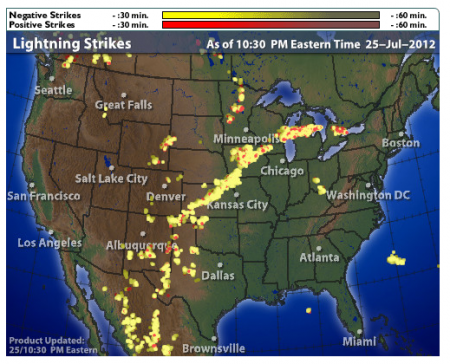After five years in The Service That Must Not Be Named – and with just a few days left before I leave to resume my studies – I got myself the Marathon Watch Company’s imaginatively-named General Purpose Quartz w/ Date, Type I, Class 1 watch as a kind of retirement gift to self.
The major distinguishing characteristic of the watch is the way in which it uses tritium-filled tubes for illumination. At each hour marker, as well as on the hour and minute hand, there are tiny tubes of phosphor-coated borosilicate glass containing a minute volume of radioactive tritium. This allows it to be easily read in conditions of total darkness. The tritium atoms are constantly undergoing beta decay and turning into helium-3. This process produces an electron with about 5.7 keV of energy and an electron anti-neutrino. The electrons hit the phosphors, causing the glow. The watch glows with radioactive fire, using the transmutation of hydrogen into helium for energy. It also produces antimatter that zips easily through the planet.
While I hadn’t intended it this way, the strongest impression from wearing the watch is that it is a memento mori – a token that reminds a person of their inevitable death. There are a few reasons for this. Most obviously, the tritium decay occurs with a half-life of about 12.32 years. Every time that span passes, the glow becomes half as bright. Ordinarily, watches highlight the circularity of time; we wake and sleep at similar times most days, pay our bills at the end of the month, and so on. The decay of the tritium is a reminder that time runs in only one direction, and there is no undoing what is in the past.
Tritium itself also has some rather ominous associations. For one thing, the gas in the watch was probably made in a nuclear reactor through the irradiation of lithium. For another, tritium is an integral component in modern nuclear weapons: both in the core of ‘boosted’ fission weapons and in the secondary stage of Teller-Ulam configuration thermonuclear weapons. On a more practical level, if the tritium leaks out from the glass tubes and forms tritiated water, it probably wouldn’t be especially good for a person to ingest.
I am pleased with the unexpected thoughts brought on by the watch. Too often, I think, we ignore the reality of our mortality and the urgency of the present moment. It’s easy for life to become routine and automated, with relatively trivial tasks occupying our time alongside relatively trivial thoughts. Being frequently reminded about the unidirectional nature of time – and about some of the terrors of the world – seems to force us to concentrate on what we want to do before we fade and expire.



